Home>Furniture & Design>Bathroom Accessories>Where Does A Bathroom Exhaust Fan Vent To
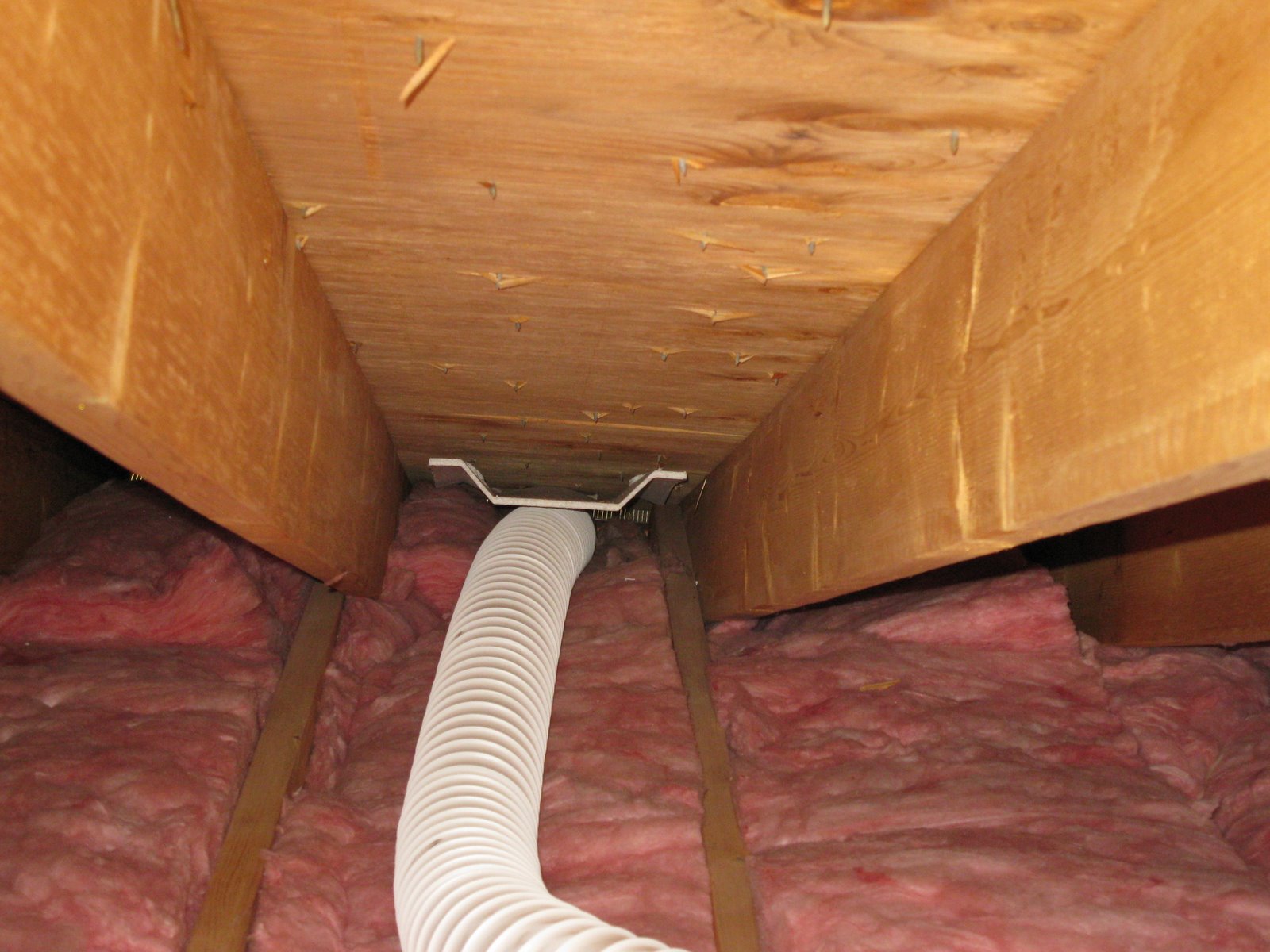

Bathroom Accessories
Where Does A Bathroom Exhaust Fan Vent To
Modified: May 6, 2024
Learn about where a bathroom exhaust fan vents to and how to properly install and maintain bathroom accessories for optimal ventilation. Find out more about bathroom exhaust fan venting options.
(Many of the links in this article redirect to a specific reviewed product. Your purchase of these products through affiliate links helps to generate commission for Storables.com, at no extra cost. Learn more)
Introduction
Bathroom exhaust fans are an essential component of any well-designed bathroom. They play a crucial role in maintaining good indoor air quality by removing excess moisture, odors, and airborne pollutants. However, the effectiveness of an exhaust fan is heavily dependent on where it vents to. Proper ventilation ensures that the expelled air is directed away from the bathroom and does not cause any issues such as mold growth or structural damage.
In this comprehensive guide, we will explore the various options for venting a bathroom exhaust fan, including venting through the roof, wall, and soffit. Each option comes with its own set of considerations and challenges, and understanding the differences between them is vital for making an informed decision. Whether you are renovating an existing bathroom or planning a new construction, knowing where your bathroom exhaust fan vents to is crucial for ensuring optimal performance and long-term functionality.
By the end of this article, you will have a clear understanding of the different ventilation options available, empowering you to make the best choice for your specific bathroom layout and ventilation needs. Let's dive into the world of bathroom exhaust fan ventilation and explore the possibilities for effectively expelling humid air and maintaining a fresh, comfortable bathroom environment.
Key Takeaways:
- Proper ventilation of a bathroom exhaust fan is crucial for a healthy, mold-free, and comfortable bathroom. Options include venting through the roof, wall, or soffit, each with its own considerations and challenges.
- Venting through the roof offers efficient moisture removal but requires careful installation, while wall venting provides flexibility and soffit venting offers a discreet and aesthetically pleasing solution. Prioritize safety, efficiency, and compliance with local building codes for optimal performance.
Read more: Where To Vent Bathroom Fan
Importance of Bathroom Exhaust Fan Ventilation
Proper ventilation in a bathroom is crucial for maintaining a healthy and comfortable indoor environment. When you take a hot shower or bath, the steam and moisture generated can lead to a buildup of humidity in the air. Without adequate ventilation, this excess moisture can linger, creating an ideal breeding ground for mold, mildew, and bacteria. Over time, these issues can not only compromise the cleanliness and aesthetics of the bathroom but also pose potential health risks to occupants.
This is where the bathroom exhaust fan comes into play. By expelling the moist air outside, the exhaust fan helps to prevent the accumulation of humidity, thus reducing the risk of mold growth and associated problems. Additionally, the removal of odors and airborne pollutants contributes to a more pleasant and hygienic bathroom environment.
Furthermore, proper ventilation can also have a positive impact on the structural integrity of the bathroom and the overall home. Excessive moisture trapped within the walls or ceiling can lead to rot, decay, and damage to paint and wallpaper. By venting the moist air outside, the exhaust fan helps to safeguard the structural components of the bathroom, prolonging their lifespan and reducing the need for costly repairs.
In addition to these practical benefits, effective bathroom exhaust fan ventilation can also contribute to energy efficiency. By expelling the warm, humid air, the exhaust fan helps to reduce the workload on air conditioning and heating systems, ultimately leading to lower energy consumption and utility bills.
In summary, the importance of bathroom exhaust fan ventilation cannot be overstated. It is a fundamental aspect of maintaining a healthy, comfortable, and durable bathroom space. Whether it's preventing mold and mildew, eliminating odors, or preserving the structural integrity of the home, proper ventilation plays a vital role in ensuring that your bathroom remains a clean, inviting, and functional part of your living space.
Common Ventilation Options
When it comes to venting a bathroom exhaust fan, there are several common options to consider. Each option has its own set of advantages and challenges, and the choice largely depends on the specific layout and design of the bathroom, as well as local building codes and regulations. Here are the most prevalent ventilation options:
-
Venting Through the Roof: This option involves directing the exhaust duct vertically through the roof of the building. While it effectively removes the moist air from the bathroom, it requires careful installation to ensure a watertight seal around the vent. Additionally, the duct length and the presence of obstacles in the attic space can impact the efficiency of this ventilation method.
-
Venting Through the Wall: Venting the exhaust fan through an exterior wall is a popular alternative, especially when roof venting is impractical. This method typically involves running the duct horizontally through the wall to expel the air outside. It offers flexibility in terms of duct length and can be a suitable choice for bathrooms located on lower levels of a building.
-
Venting Through the Soffit: The soffit, the underside of the roof overhang, can also serve as a ventilation outlet for bathroom exhaust fans. This option provides a discreet and aesthetically pleasing solution, as the vent is integrated into the building's architecture. However, careful consideration must be given to the soffit's proximity to windows and vents to prevent the expelled air from re-entering the building.
-
Venting Into an Attic or Crawl Space (Not Recommended): While it may seem convenient to direct the exhaust into an attic or crawl space, this approach is strongly discouraged. Doing so can lead to moisture buildup and mold growth within the enclosed space, potentially causing structural damage and health hazards. It is essential to ensure that the expelled air is directed completely outside the building to avoid these issues.
When evaluating the ventilation options for a bathroom exhaust fan, it is crucial to prioritize safety, efficiency, and compliance with local building codes. Consulting with a qualified HVAC professional can provide valuable insights and guidance in selecting the most suitable ventilation method for your specific bathroom configuration.
By understanding the common ventilation options available, homeowners and builders can make informed decisions that promote effective moisture removal and contribute to a healthier and more durable bathroom environment.
Venting Through the Roof
Venting a bathroom exhaust fan through the roof is a popular and effective method for expelling moist air and odors from the bathroom. This approach involves installing a duct that extends vertically through the roof, allowing the expelled air to exit the building at a safe distance from windows and doors. While roof venting offers efficient moisture removal, it requires careful planning and installation to ensure optimal performance and long-term durability.
One of the key considerations when venting through the roof is the need for a watertight seal around the vent. Proper sealing is essential to prevent water from infiltrating the roof during rain or snow, which could lead to leaks and water damage. Additionally, the length and routing of the duct within the attic space must be carefully planned to minimize obstructions and ensure unimpeded airflow. It is crucial to adhere to local building codes and regulations regarding roof penetrations and ventilation duct installation to maintain compliance and safety.
In some cases, the presence of obstacles in the attic, such as wiring, plumbing, or structural components, may impact the feasibility of roof venting. Careful consideration must be given to the duct's path to avoid obstructions and ensure efficient airflow. Furthermore, the length of the duct plays a significant role in the fan's performance. Longer ducts can reduce the fan's effectiveness, so minimizing the length and avoiding unnecessary bends and turns is essential for optimal ventilation.
Proper insulation of the duct within the attic space is also important, especially in regions with cold climates. Insulation helps prevent condensation within the duct, reducing the risk of moisture buildup and potential damage to the surrounding materials. Additionally, insulation can contribute to energy efficiency by minimizing heat loss through the duct during colder months.
When venting through the roof, homeowners and builders should consider the aesthetic impact of the vent on the building's exterior. Choosing a high-quality vent cover that complements the roof's design can enhance the overall appearance of the structure while effectively expelling the moist air from the bathroom.
In summary, venting a bathroom exhaust fan through the roof offers efficient moisture removal and odor control, provided that proper installation, sealing, and insulation are prioritized. By addressing these considerations, homeowners can ensure that their bathroom exhaust fan functions optimally, contributing to a healthier and more comfortable indoor environment.
A bathroom exhaust fan typically vents to the outside of the house, either through the roof or an exterior wall. This helps remove moisture and odors from the bathroom. Make sure the vent is clear and not blocked to ensure proper ventilation.
Venting Through the Wall
Venting a bathroom exhaust fan through an exterior wall is a practical and versatile option for expelling humid air and maintaining a fresh indoor environment. This method offers flexibility in installation and is particularly suitable for bathrooms where roof venting may be impractical or challenging. By directing the duct horizontally through the wall, the expelled air is effectively removed from the bathroom, contributing to improved air quality and moisture control.
One of the primary advantages of venting through the wall is the flexibility it provides in terms of duct length and routing. Unlike roof venting, which requires a vertical path through the building's structure, wall venting allows for a more direct and accessible route to the exterior. This can be especially beneficial for bathrooms located on lower levels of a building, where accessing the roof for vent installation may be difficult or costly.
When implementing wall venting, careful consideration should be given to the placement of the vent on the exterior wall. The vent should be positioned to expel the moist air away from windows, doors, and outdoor living spaces to prevent re-entry into the building. Additionally, the exterior vent cover should be designed to provide protection against weather elements while allowing for efficient airflow.
Proper sealing around the vent and duct penetration is essential to prevent water infiltration and maintain the integrity of the building envelope. Ensuring a watertight seal minimizes the risk of leaks and water damage, safeguarding the structural components of the wall and surrounding areas.
In regions with cold climates, insulation of the duct within the wall is crucial to prevent condensation and heat loss. Proper insulation helps maintain the temperature of the expelled air, reducing the potential for moisture buildup and energy inefficiency. By addressing these considerations, homeowners can maximize the effectiveness of wall venting while promoting energy efficiency and long-term durability.
Overall, venting a bathroom exhaust fan through the wall offers a practical and efficient solution for moisture removal and odor control. With careful planning, installation, and attention to sealing and insulation, wall venting can contribute to a healthier and more comfortable bathroom environment, enhancing the overall quality of indoor living spaces.
Read more: How To Vent A Bathroom Exhaust Fan
Venting Through the Soffit
Venting a bathroom exhaust fan through the soffit, the underside of the roof overhang, offers a discreet and aesthetically pleasing solution for expelling moist air and maintaining a fresh indoor environment. This method provides an alternative to roof and wall venting, integrating the vent into the building's architecture while effectively removing humid air from the bathroom.
One of the key advantages of venting through the soffit is the seamless integration of the vent into the exterior design of the building. By positioning the vent along the soffit, homeowners can maintain a clean and unobtrusive appearance while ensuring efficient moisture removal. This is particularly beneficial for maintaining the architectural integrity of the building, as the vent can blend harmoniously with the overall aesthetic without compromising functionality.
When implementing soffit venting, careful consideration should be given to the proximity of windows, vents, and other openings to prevent the expelled air from re-entering the building. Proper placement of the vent along the soffit ensures that the moist air is directed away from potential re-entry points, contributing to effective ventilation and moisture control.
Additionally, the exterior vent cover plays a crucial role in soffit venting, providing protection against weather elements while allowing for unimpeded airflow. The design of the vent cover should prioritize both functionality and aesthetics, ensuring that it complements the building's exterior while facilitating the efficient expulsion of moist air from the bathroom.
Proper sealing around the vent and duct penetration is essential to prevent water infiltration and maintain the integrity of the building envelope. By ensuring a watertight seal, homeowners can minimize the risk of leaks and water damage, preserving the structural components of the soffit and surrounding areas.
Insulation of the duct within the soffit is also important, particularly in regions with cold climates. Proper insulation helps prevent condensation within the duct, reducing the risk of moisture buildup and potential damage to the surrounding materials. Additionally, insulation contributes to energy efficiency by minimizing heat loss through the duct, promoting optimal performance and long-term functionality.
In summary, venting a bathroom exhaust fan through the soffit offers a discreet and visually appealing solution for moisture removal and odor control. With careful consideration of placement, vent cover design, sealing, and insulation, soffit venting can contribute to a healthier and more comfortable indoor environment, enhancing the overall quality of living spaces.
Conclusion
In conclusion, the proper ventilation of a bathroom exhaust fan is a critical aspect of maintaining a healthy, comfortable, and durable indoor environment. The effective removal of excess moisture, odors, and airborne pollutants contributes to the prevention of mold growth, structural damage, and potential health hazards. Throughout this comprehensive guide, we have explored the various options for venting a bathroom exhaust fan, including venting through the roof, wall, and soffit.
Each ventilation option comes with its own set of considerations and challenges, and the choice depends on the specific layout and design of the bathroom, as well as local building codes and regulations. Venting through the roof offers efficient moisture removal but requires careful installation to ensure a watertight seal and optimal performance. Venting through the wall provides flexibility in installation and is particularly suitable for bathrooms where roof venting may be impractical. Venting through the soffit offers a discreet and aesthetically pleasing solution, integrating the vent into the building's architecture while effectively removing humid air from the bathroom.
Regardless of the chosen ventilation method, it is essential to prioritize safety, efficiency, and compliance with local building codes. Proper sealing, insulation, and vent cover design are crucial elements that contribute to the overall effectiveness of the ventilation system. By addressing these considerations, homeowners and builders can ensure that their bathroom exhaust fan functions optimally, contributing to a healthier and more comfortable indoor environment.
Ultimately, the selection of the ventilation method should align with the specific needs and constraints of the bathroom space, taking into account factors such as building design, climate, and accessibility. Consulting with qualified HVAC professionals can provide valuable insights and guidance in selecting the most suitable ventilation method for a particular bathroom configuration.
In summary, understanding the various ventilation options for a bathroom exhaust fan empowers homeowners and builders to make informed decisions that promote effective moisture removal and contribute to a healthier and more durable bathroom environment. By prioritizing proper ventilation, individuals can create a space that not only enhances comfort and well-being but also supports the long-term integrity and functionality of their living environment.
Curious about more than just venting options? If you're considering sprucing up your restroom, you might wonder how long a makeover might take. Our next guide walks you through every step, ensuring you know what to expect during this transformation. Don't miss out on essential insights that could help streamline your next project!
Frequently Asked Questions about Where Does A Bathroom Exhaust Fan Vent To
Was this page helpful?
At Storables.com, we guarantee accurate and reliable information. Our content, validated by Expert Board Contributors, is crafted following stringent Editorial Policies. We're committed to providing you with well-researched, expert-backed insights for all your informational needs.
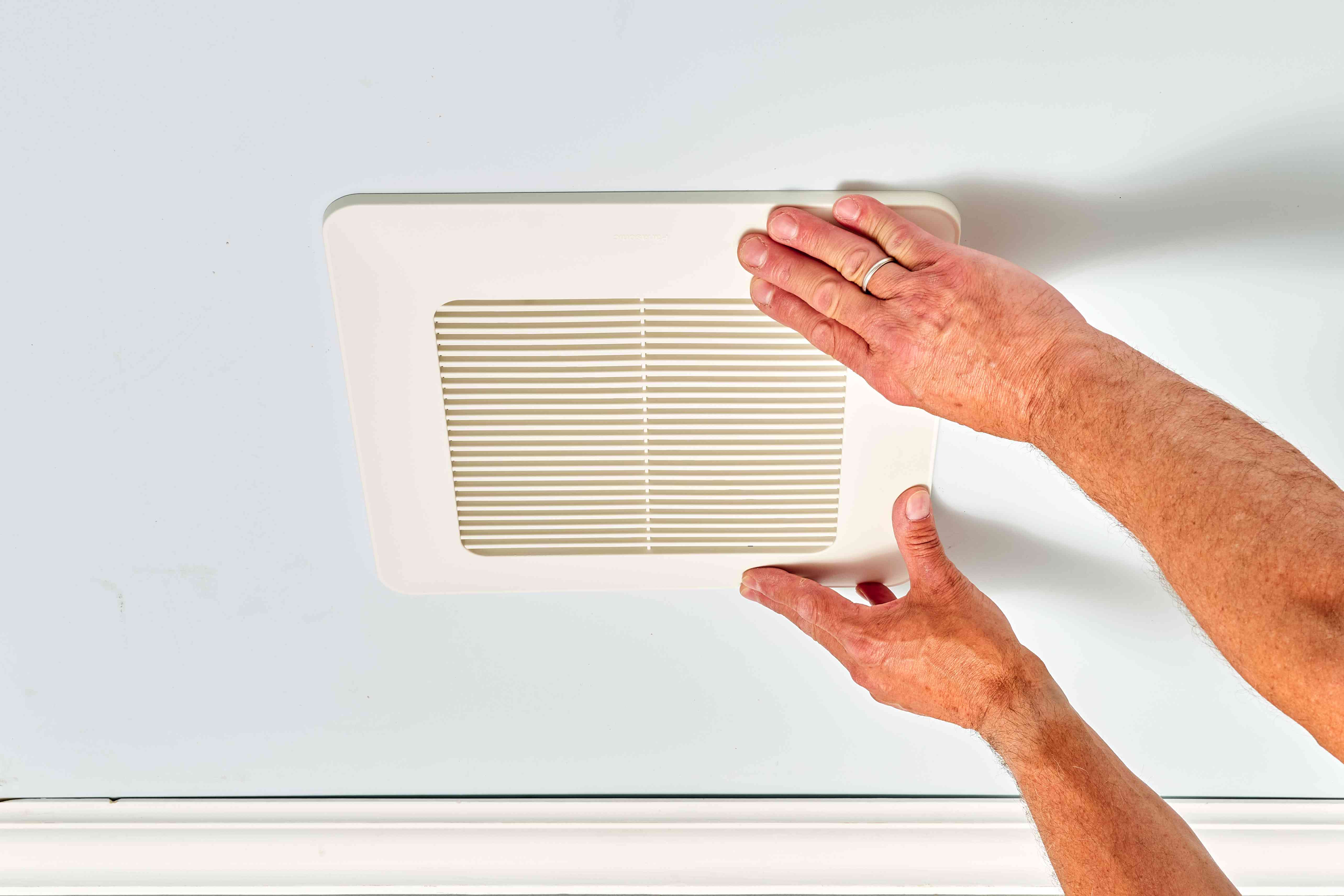
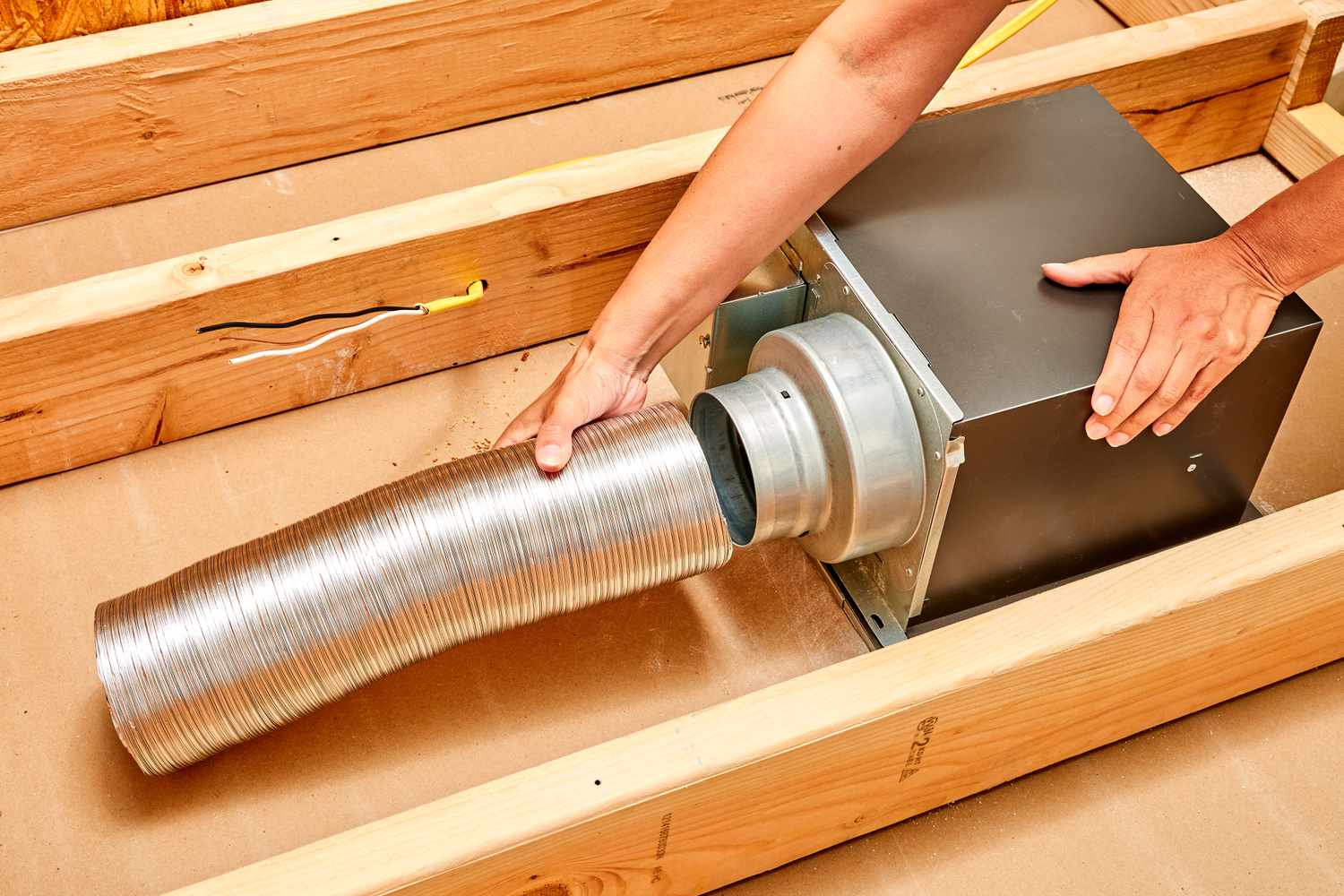
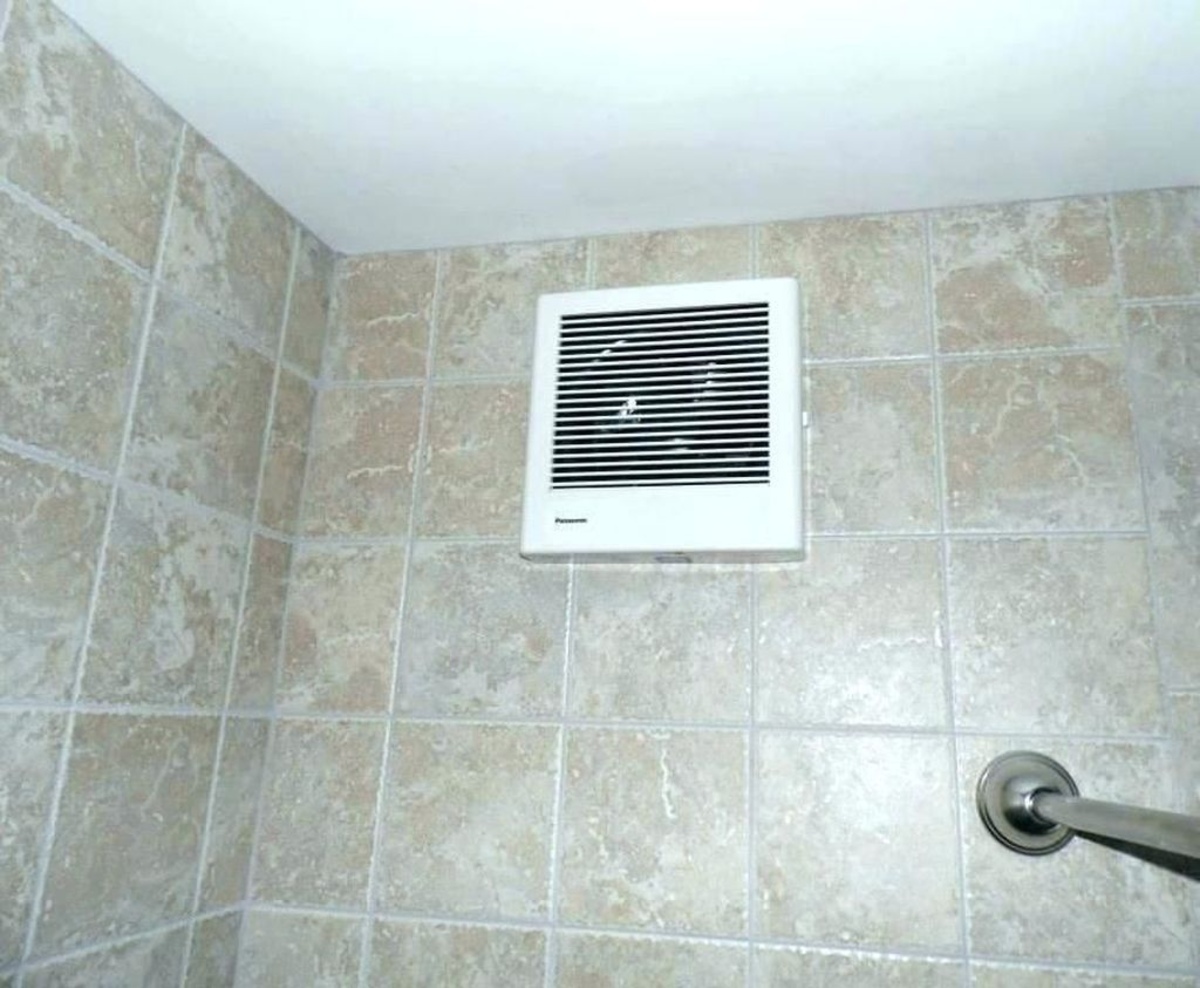
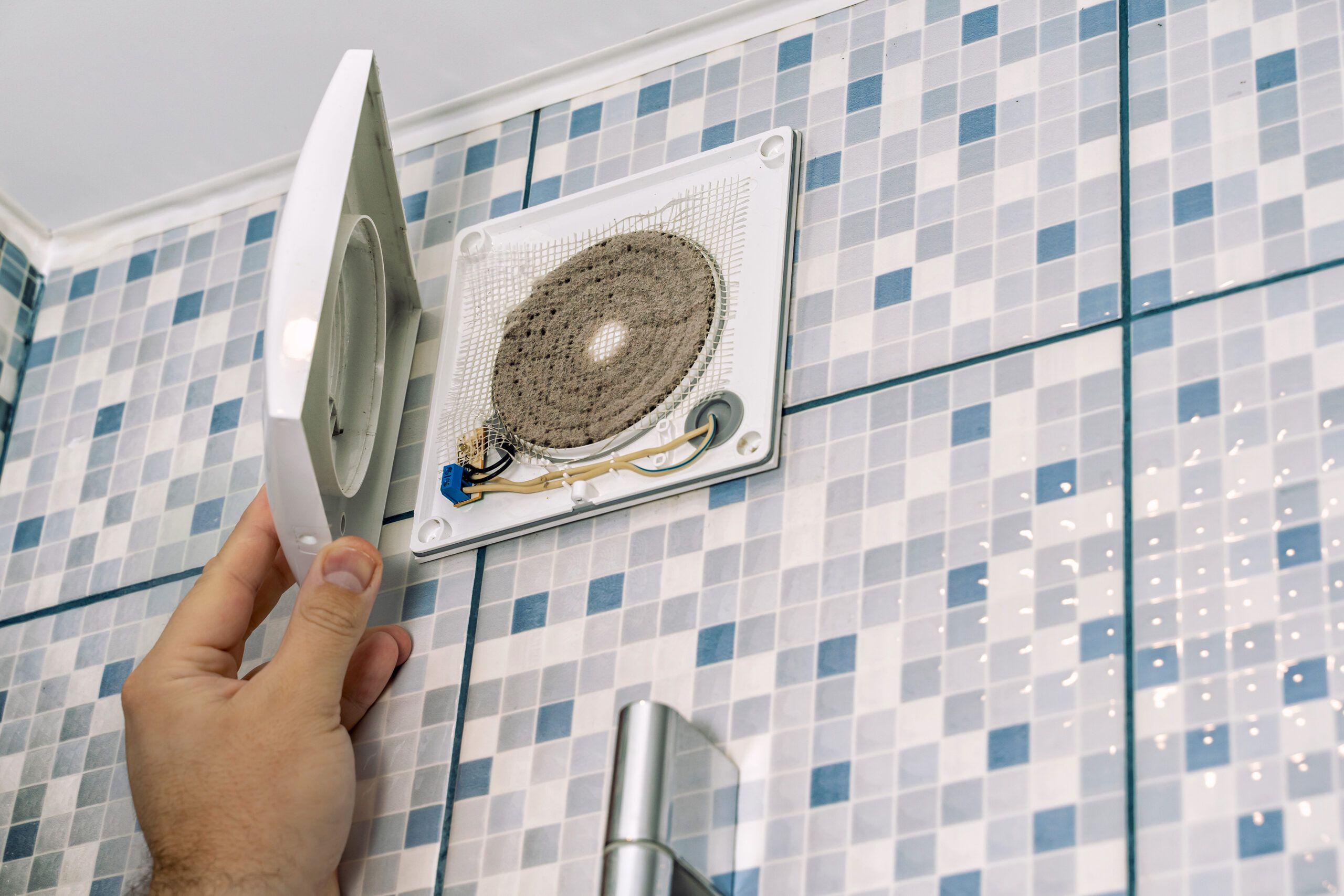
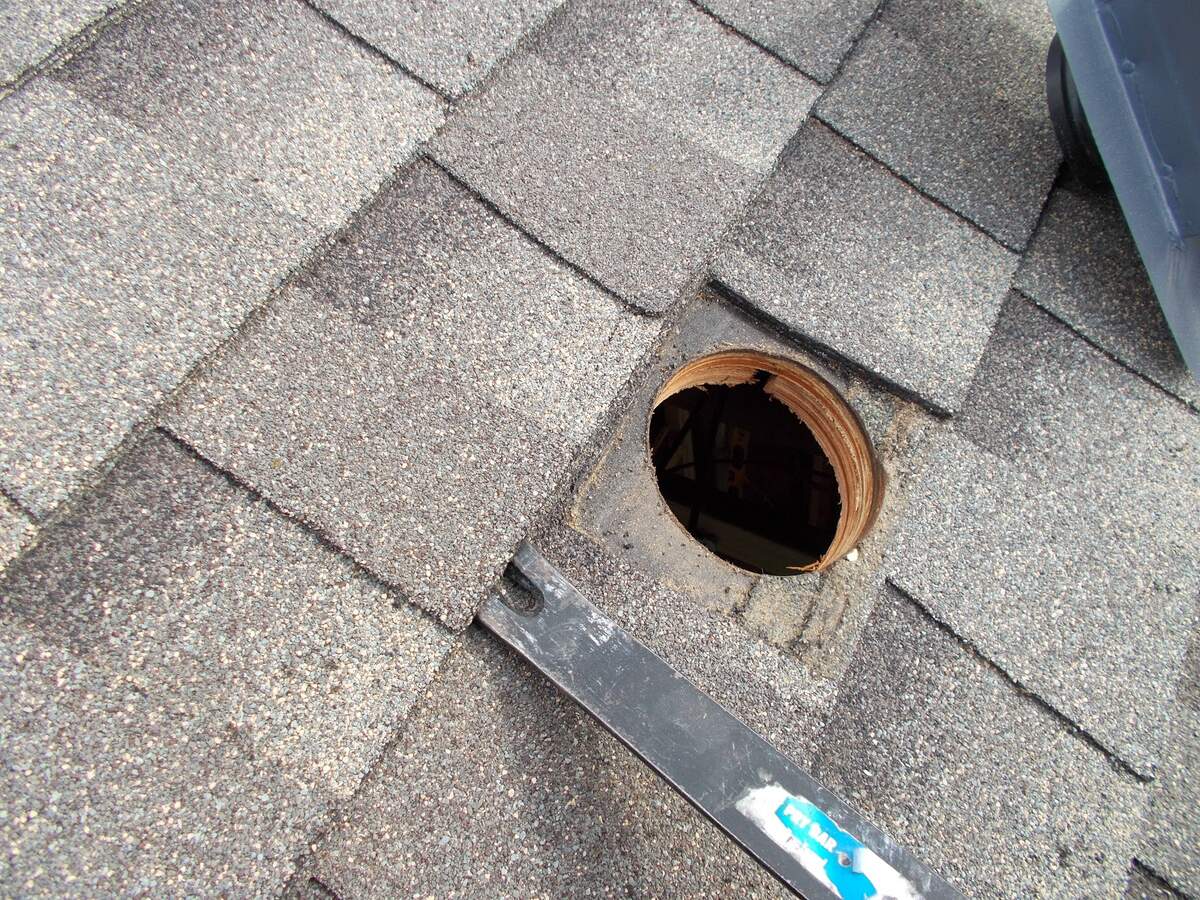
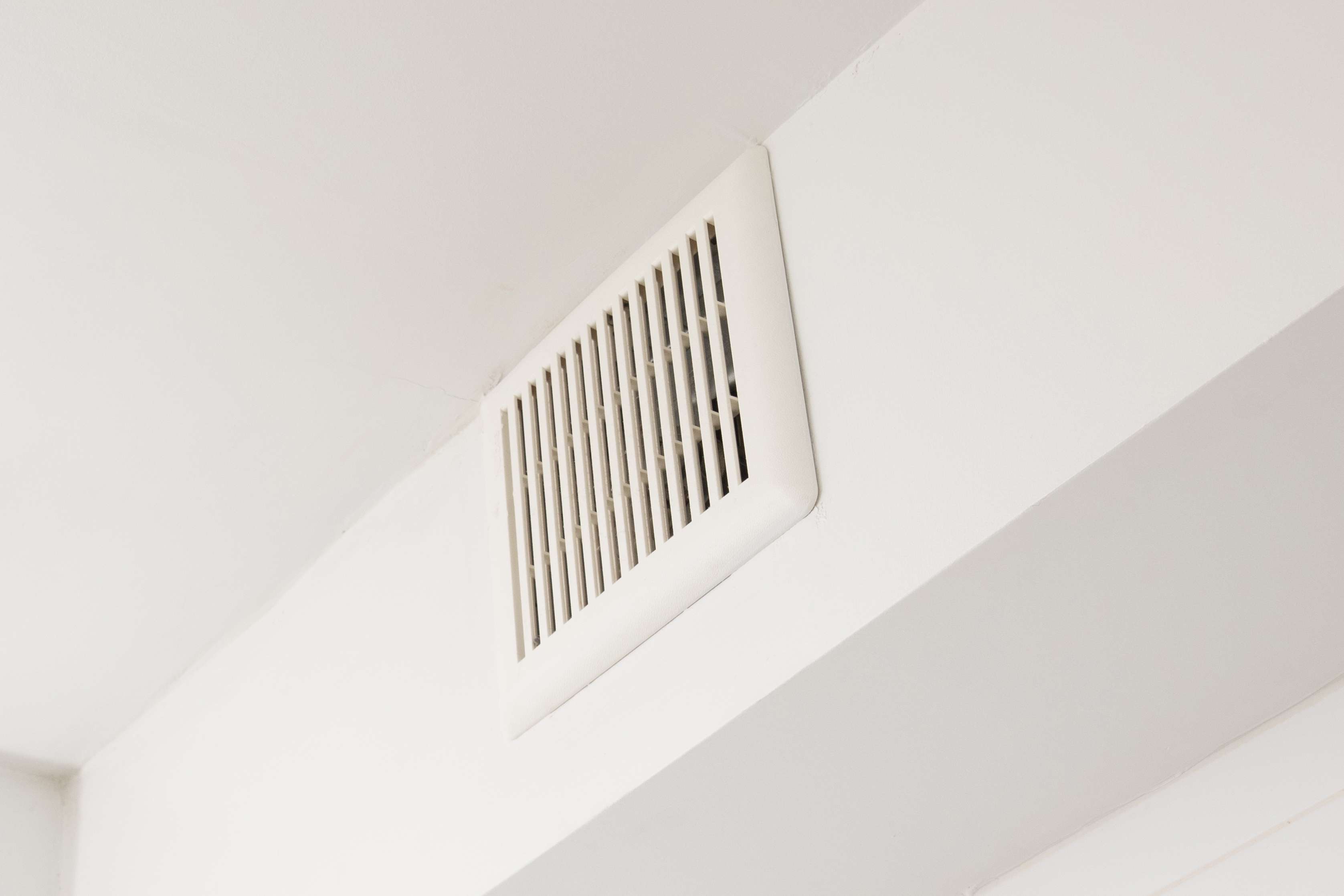
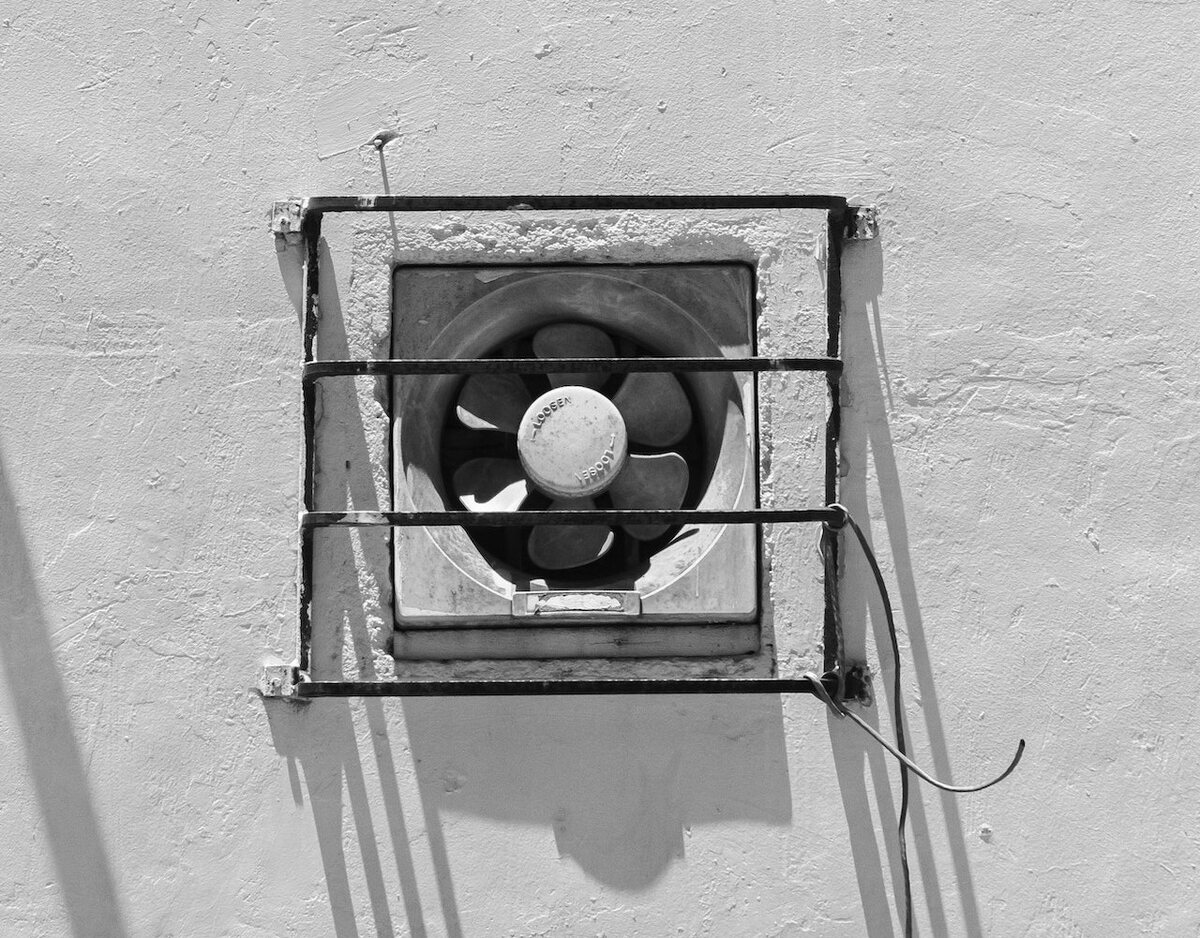
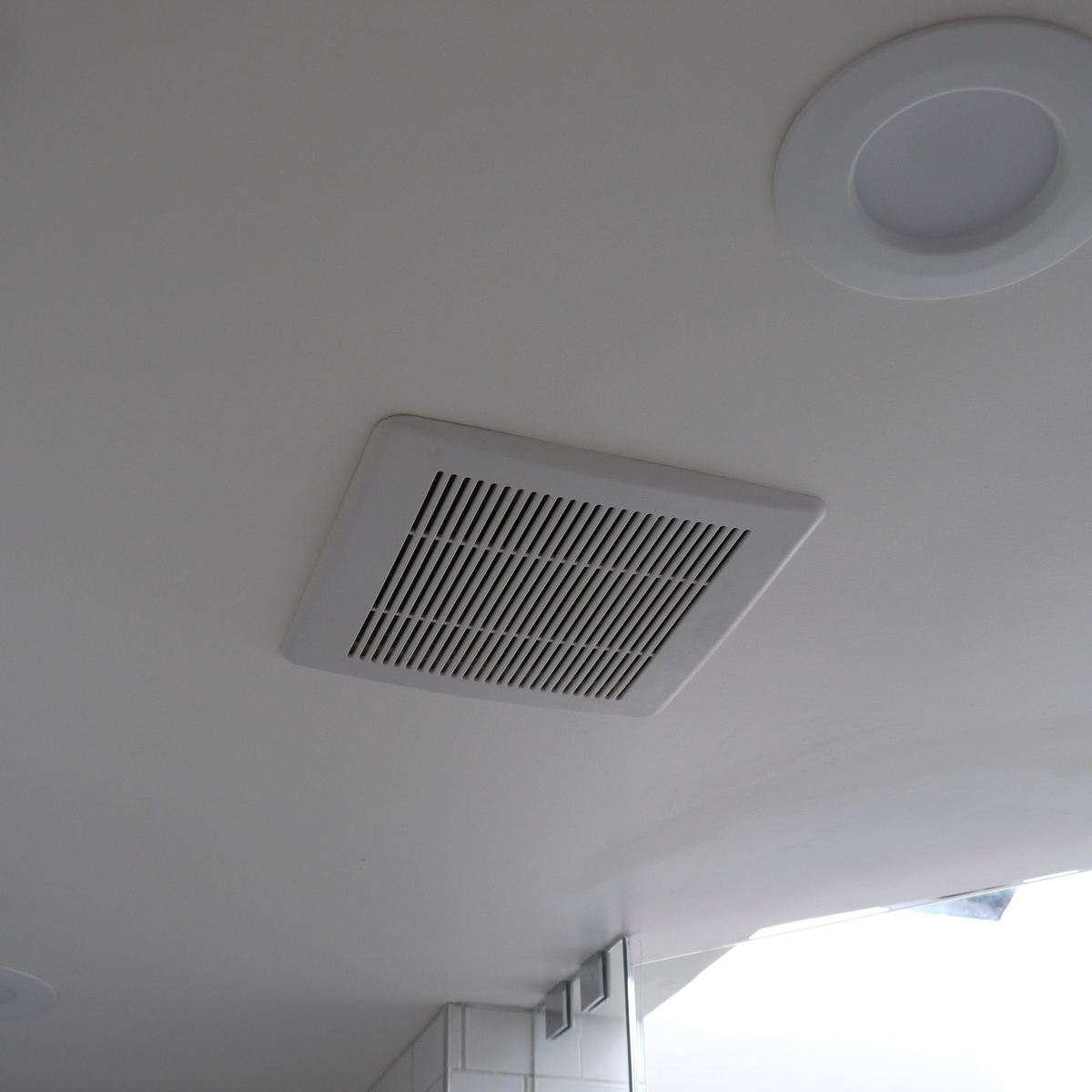
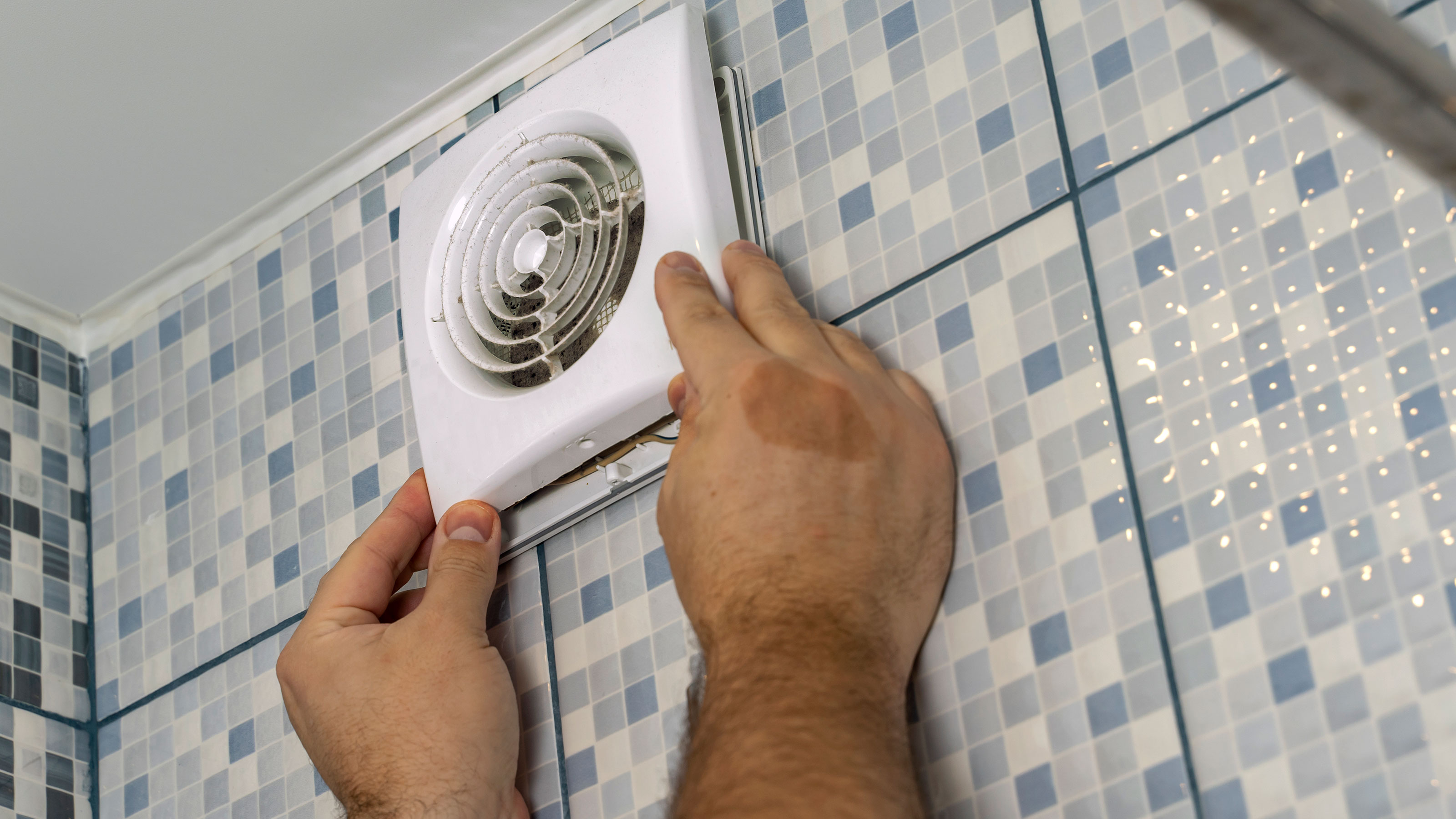
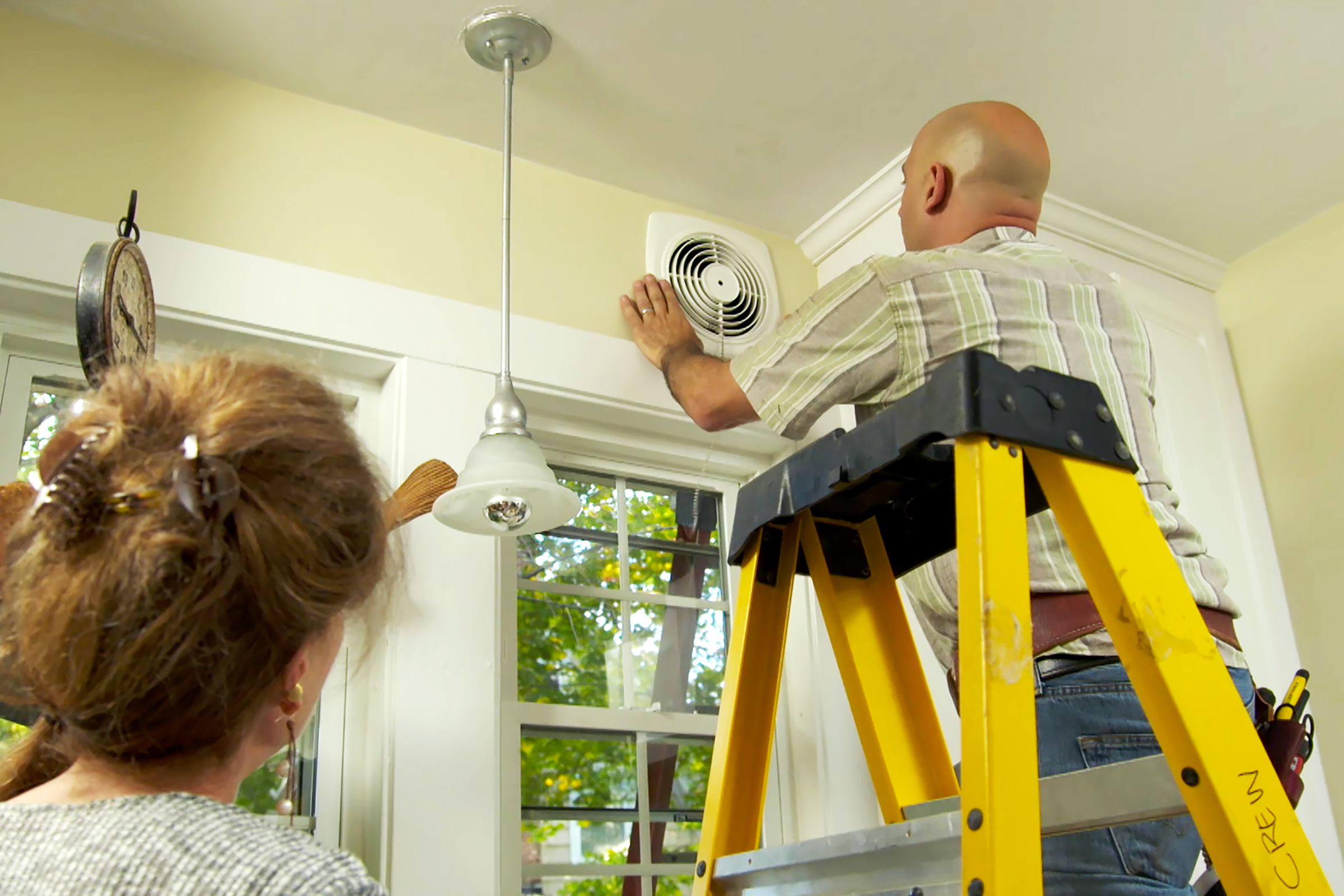
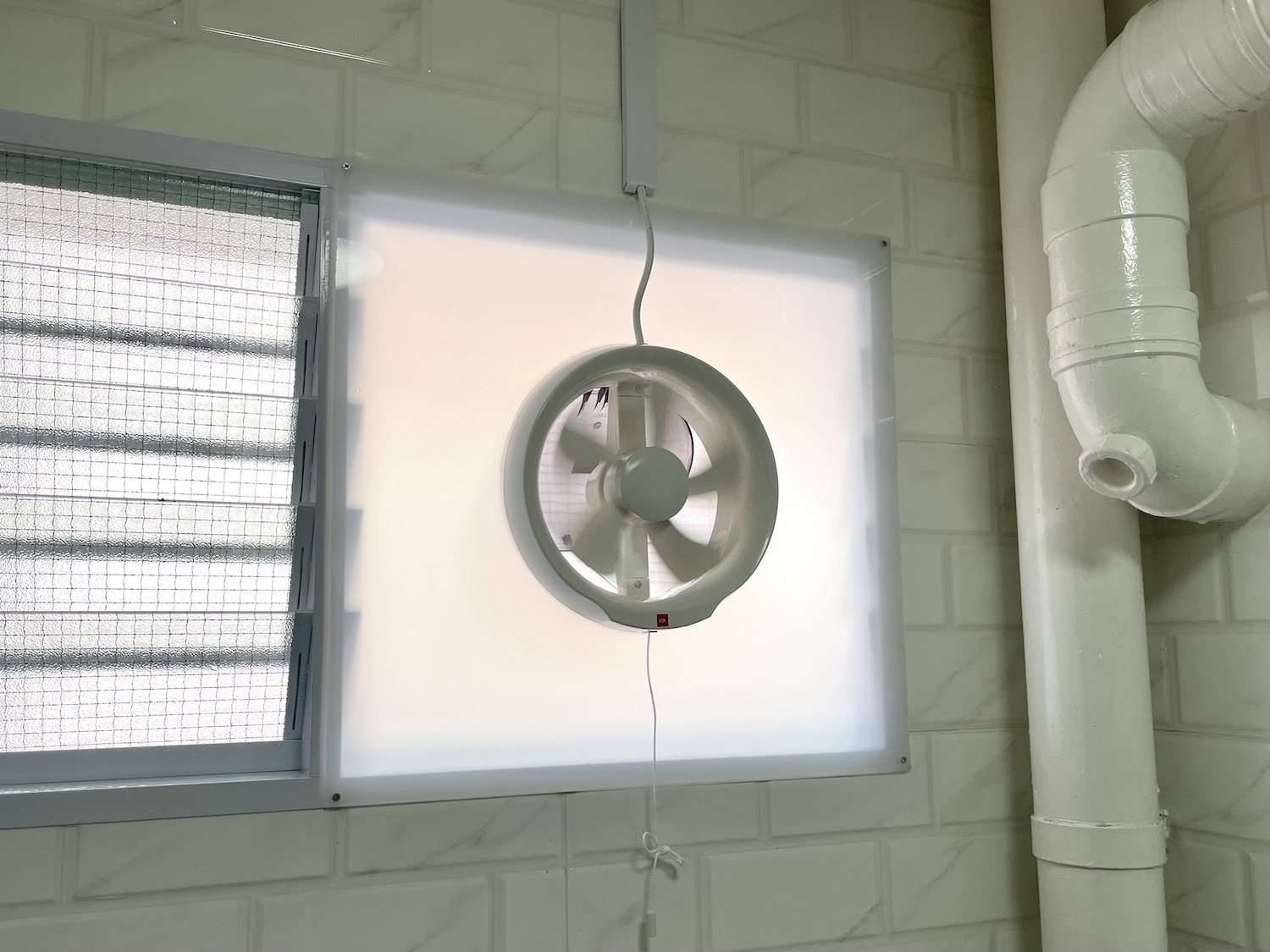
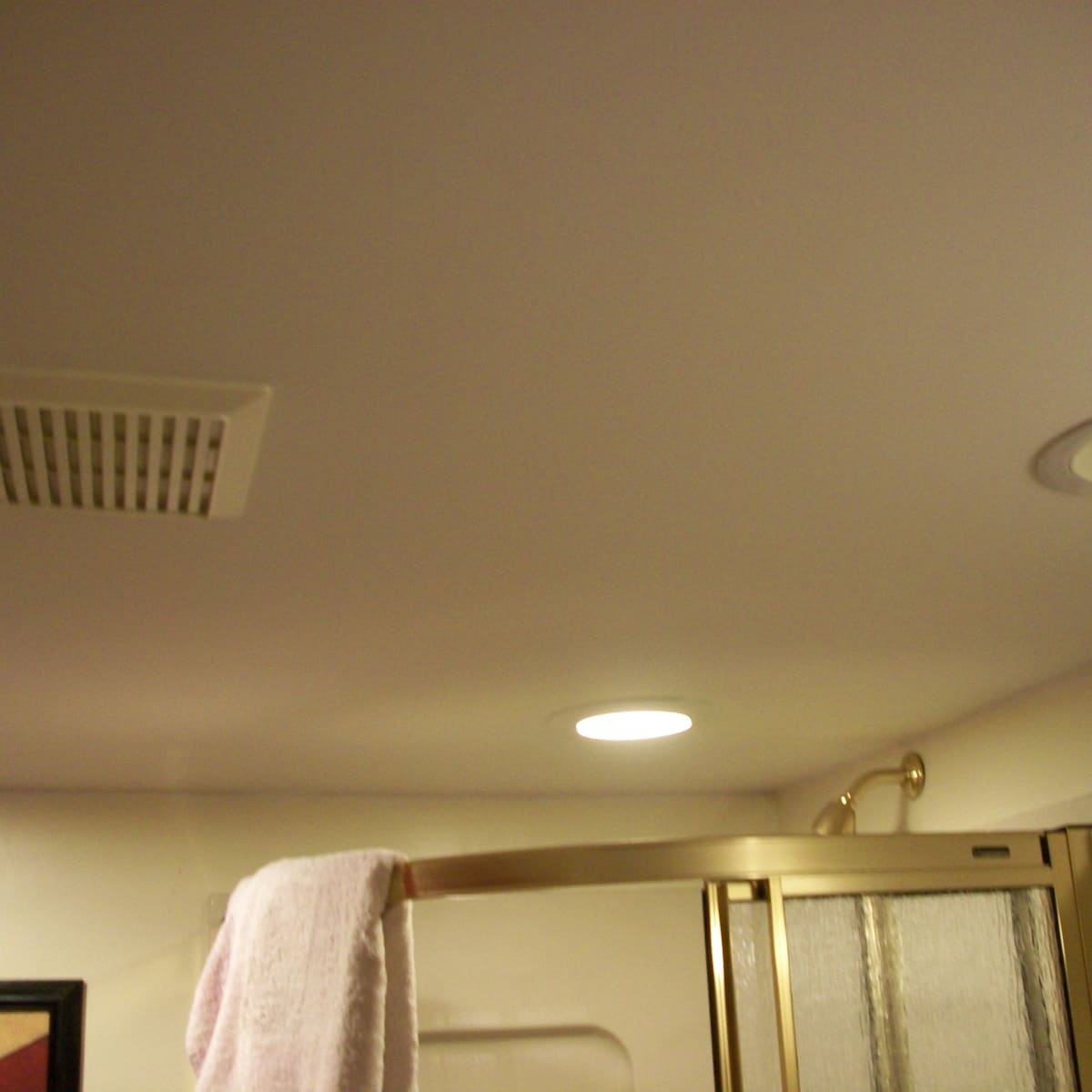
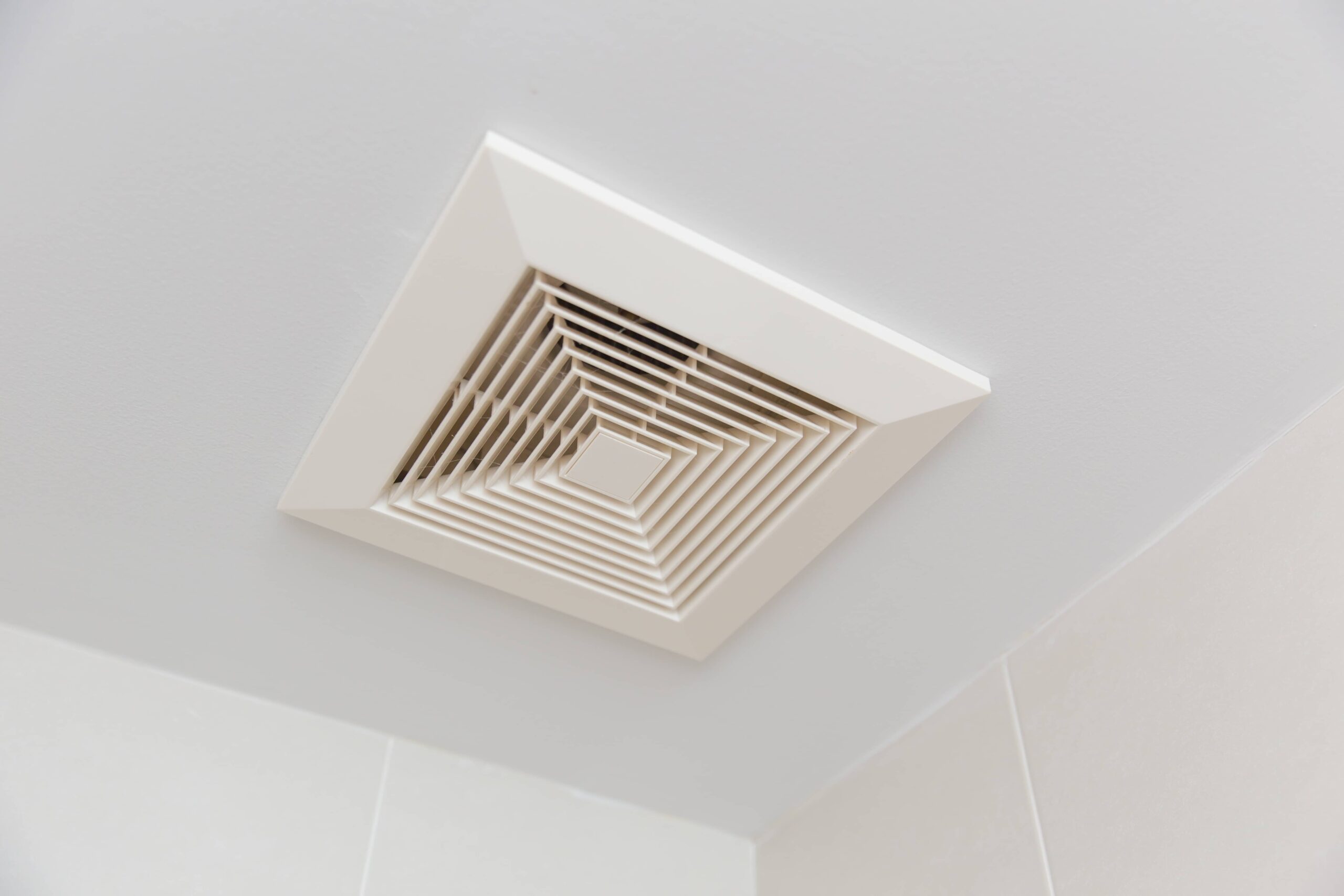
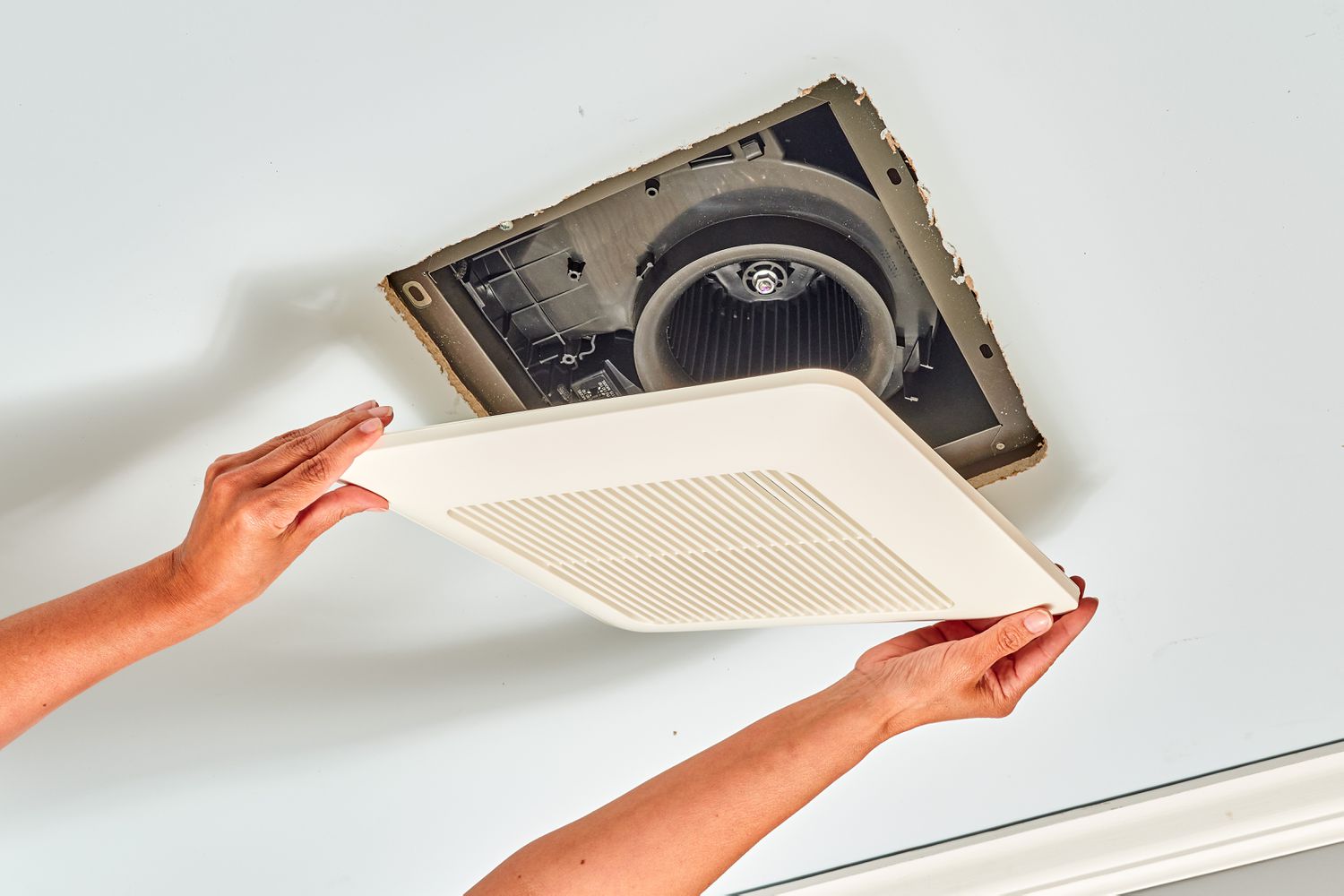

0 thoughts on “Where Does A Bathroom Exhaust Fan Vent To”